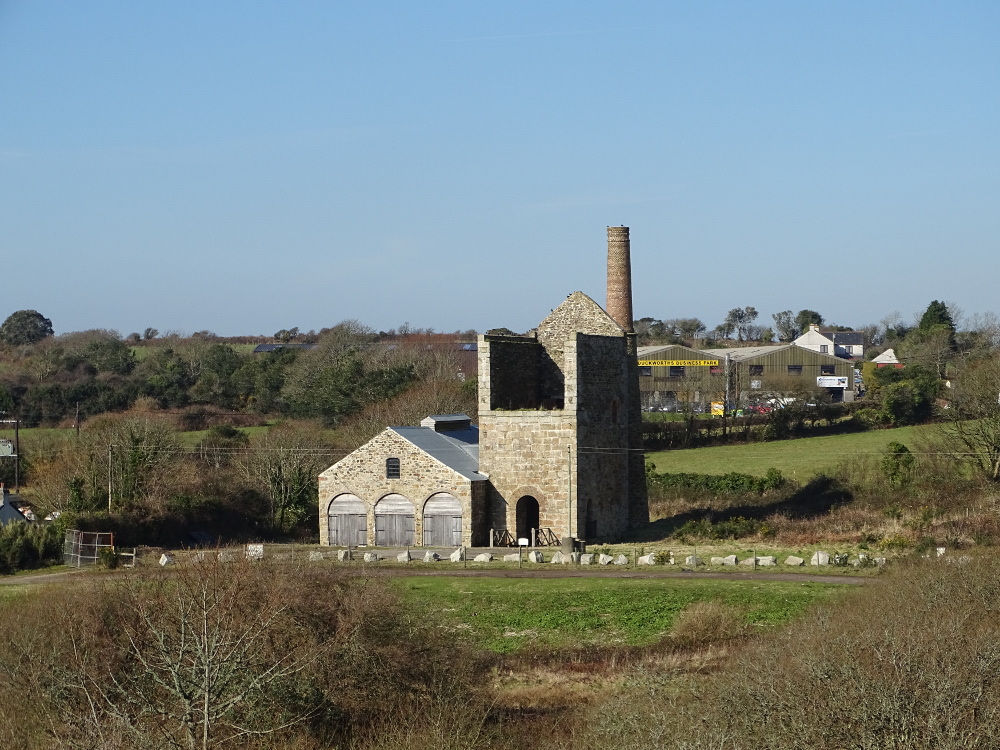Wheal Busy on the outskirts of Chacewater, is an old and prosperous mine. Works here date back to the time of the ‘old men’, with the area being called Chacewater mine as early as 1718. Over time, the sett took in a number of other mines, including Wheal Seymour (or Wheal Ann), Hallenbeagle, Boscowen and Wheal Daniel.
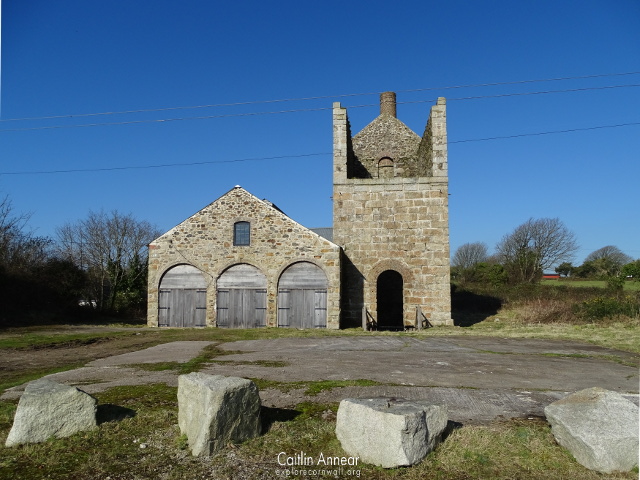
In 1724, mining was focused on the eastern section of the sett, encompassing the smaller works of Resnorth, Metal Work and Pittslowarn. Dewatering of the mine was aided by the use of a rag and chain pump, the first of its kind in Cornwall. In 1768, the Great County Adit had reached Busy.
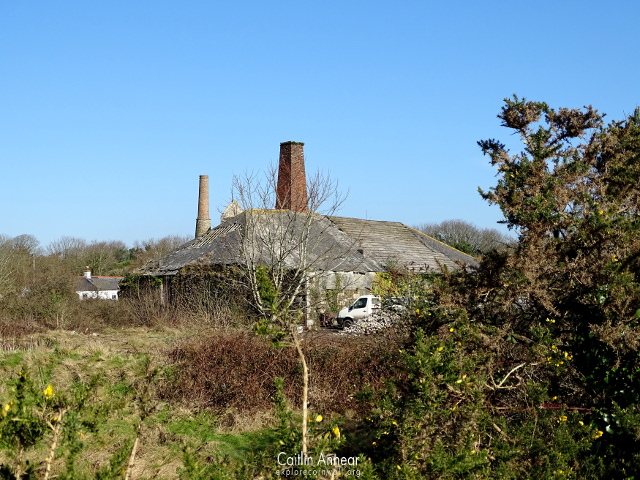
The mine continued to grow in size, buying newer and more advanced engines as it went. In 1802 the Chacewater Mine company was formed and while very prosperous, struggled to provide water for its steam engines
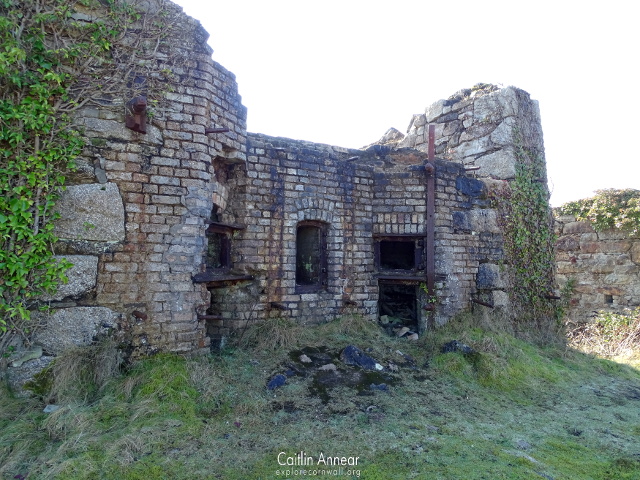
In an attempt to solve this issue, in 1811 men dug a stream from Wheal Busy to its neighbour Carnhot, and then proceeded to dam up Carnhot’s adit so as to raise the water level until it ran to Busy’s workings. While this was fantastic news for the Wheal Busy team, Carnhot mine subsequently began to flood; they were however prevented from un-damming their adit by a very threatening team of individuals sent to protect it and the mine was eventually forced to close and sell off all of its machinery.
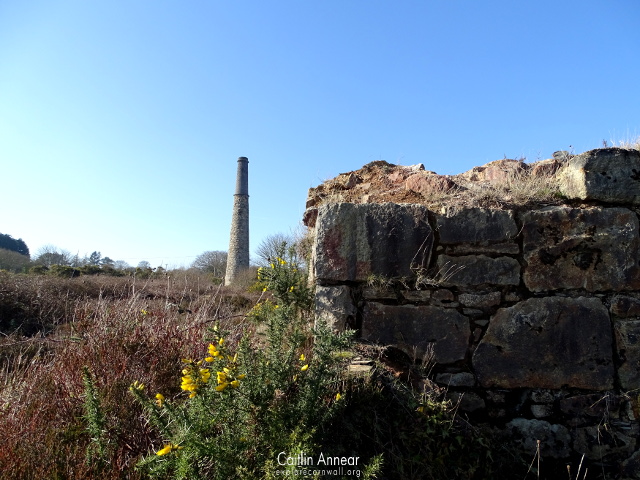
This company lasted until 1822 where the cost of engine repairs became too much and the sale of copper ore reduced. In 1823, the Wheal Busy company was formed with the work mostly focused above adit level. In 1855 the mine was taken over by the Great Wheal Busy United Mining Company, also including the works at several neighbouring mines including Wheal Daniel, Wheal Seymour, South, Old and North Hallenbeagle and Boscowen.
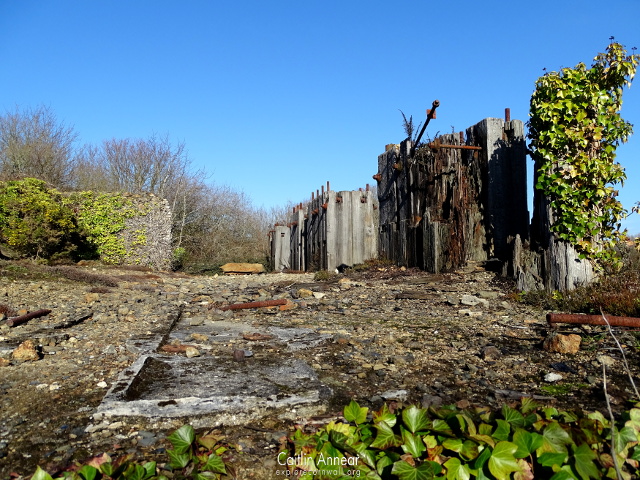
This reworking lasted until 1868. From 1871, the short lived Great Wheal Busy Copper and Tin Mine took over before closing and selling off all of its machinery in 1873, with most of it going to JC Lanyon & Son (Great Wheal Busy). This company appeared to do nothing with the site except sell off more of the machinery and records show that no ore was sold until 1894. In 1879 the lease was given to the Bissoe Arsenic Works who had over 100 men working on the site by February, producing over 6000 tons of arsenic until it went bankrupt in 1902.
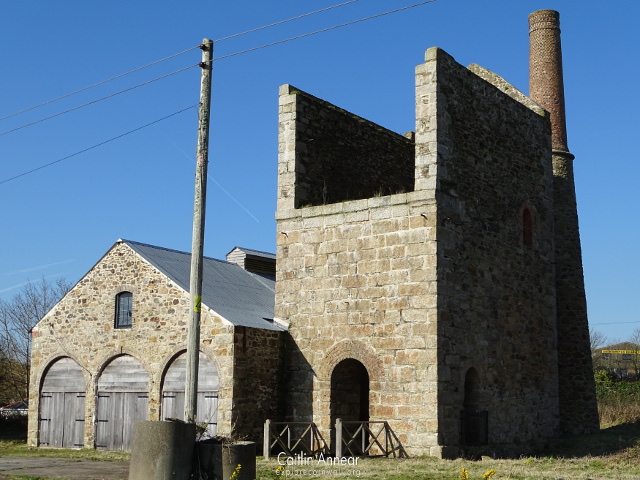
In 1906 the lease was granted to Consolidated Nickel, Tin and Copper Mines, Limited Company who began pumping the following year. From 1908, the lease was taken over by Anglo-Belgium company Compagnie Anglo-Belge pour l’Industrie de l’Etain, S.S, who were responsible for the building of the arsenic works still visible on the site today, including the calciner and chimney. The final venture was a joint one with Killifreth to the south in 1923, although this was again short lived, with both mines closing for a final time in 1924.
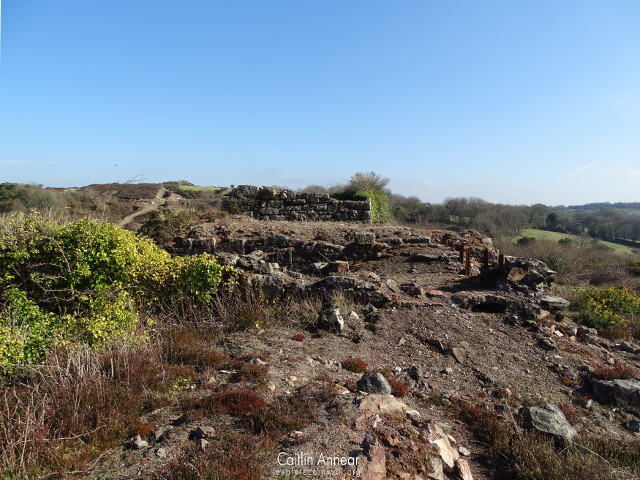
The only remaining engine house on the site is that of Engine shafts pumping engine with its telescope stack. Built in 1856 originally for a 85-inch Harvey’s engine, this worked until 1866 and was replaced by a 90-inch Perran Foundry engine in 1873. This cost £4,400 (£275,479.60 today) but only worked for six months before being removed again. The 1909 reworking saw a secondhand 85-inch engine, also from the Perran Foundry, placed in the house which worked until the mine closed in 1924 and was scrapped in 1952. The boiler house next door was built in 1909 and housed 3 Lancashire boilers.

Black Dog (50-fathom/90m), Davey’s/Davis (50-fathoms/90m), King’s (80-fathoms/146m), Wheal Hodge/Pininger’s (80-fathoms/146m), Rawling’s/Moyle’s (90-fathoms/165m), Old Engine (100-fathoms/183m), Engine (140-fathoms/256m), Footway/ Black Dog South, Camborne, unnamed (50-fathoms/90m), Bennet’s (50-fathoms/90m), Wheal Fire (60-fathoms/110m), Old Wheal Hodge (30-fathoms/55m), Boarding/Boundary (30-fathoms/55m), Fielder/Fielding’s (140-fathoms/256m), Offord’s (140-fathoms/256m), Dippa (70-fathoms/128m), Martin’s (110-fathoms/201m), Walker’s (100-fathoms/183m), William’s, Hudson’s/Judson’s, White, Rawling’s, Wheal Seymour and Golden.
Winter’s, Elvan, Chacewater, Hodge’s, White Work, William’s and Wheal Vor.
1815-67
104,000 tons 5-8% copper
1858-67
1,758 tons black tin and 26,650 tons arsenopyrite
1917-24
735 tons arsenic and unknown quantities of wolfram
Also mined were 3½ tons 65% lead, 44 ounces silver and 148 tons pyrite
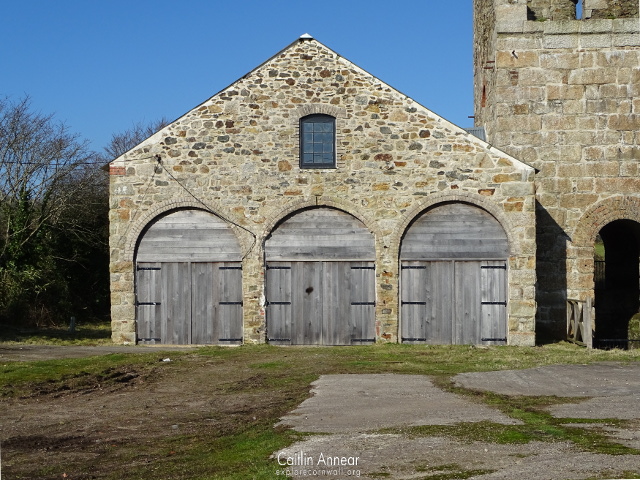
Engine Houses
1725 – 66″ Hornblower Newcomen atmospheric engine
1750 – 54″engine
1758 – two Newcomen engines, 62″ and 66″ (or 64″?)
1766 – 66″ and 64″ engines
>1775 – 64″ and 62″ pumping engines
1775/76 – 72″ Smeaton’s atmospheric engine, altered in 1777/8 by Watt, with addition of 63″ engine
1777 – 30″ Boulton & Watt engine
1785 – 60″ Boulton & Watt engine
1787 – 14.75″ rotative Boulton & Watt engine
1789 – 63″ Boulton & Watt engine
1811 – 66″ Watt engine, double acting on Old Engine shaft, altered 1823 by Woolf
1826 – 70″ Woolf engine
1856- 85″ engine (Harvey’s), Engine shaft
1858 – 70″ Harvey’s pumping engine, Black Dog shaft
>1860 – 24″ capstan and drawing engine, 26″ engine, 30″ stamps and 18″ crushing engines
1862 – had 8 engines and 24 boilers
>1868 – 35″ stamps, 36″ pumping engine and two whims
1872 – 90″ engine into Engine shaft house
1872 – 76″ pumping engine, Black Dog shaft, never installed
1873 – 36″ stamps engine with two boilers, 32 heads
>1873 – 24″ whim
1909 – 85″ engine into Engine shaft house
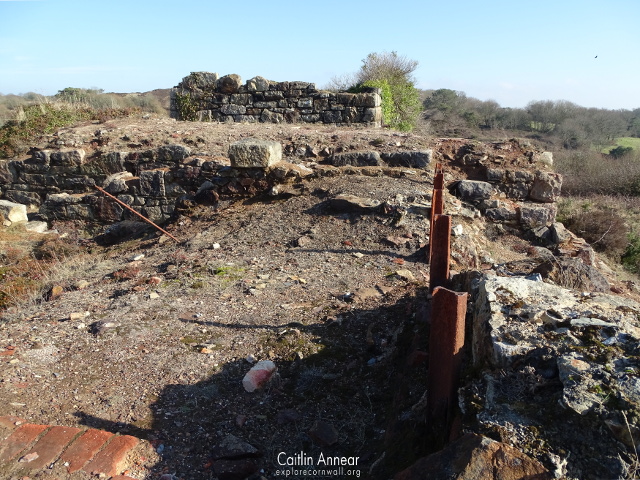
The site itself is part of the tramway trail and is free to access and roam around. The engine house was consolidated in 2016 although remains fenced off. Most of the shafts were victims of Operation Minecap and many of the clwyd caps can still be seen.
The smithy building is currently being used as a workshop of some kind, but recently received funding from Highways England for refurbishment.
Black Dog engine house, that was partially demolished by US troops, does have a designated footpath running next to it, according to the council, however this is now a bramble sanctuary and only accessible to those wearing chainmail trousers.
There is no official parking for this site, so take care to find a sensible place along the road, or park at Killifreth.
Brown, K. and Acton, B. (2007) Exploring Cornish Mines: Volume Two. 2nd edn. Truro: Landfall Publications.
Cornwall Archaeological Unit (2015) Wheal Busy Mine: Conservation Management Statement. Available at: http://map.cornwall.gov.uk/reports_event_record/2013/2013R084.pdf.
Dines, H. G. (1956) The metalliferous mining regions of south-west England. British Geological Survey.
Nance, D. and Brown, K. (2014) A complete guide to the engine houses of West Cornwall. Gloucestershire: Lightmoor Press.
The National Archives (no date) ‘The National Archives – Currency converter: 1270–2017’. The National Archives. Available at: https://www.nationalarchives.gov.uk/currency-converter/#currency-result (Accessed: 13 March 2018).
